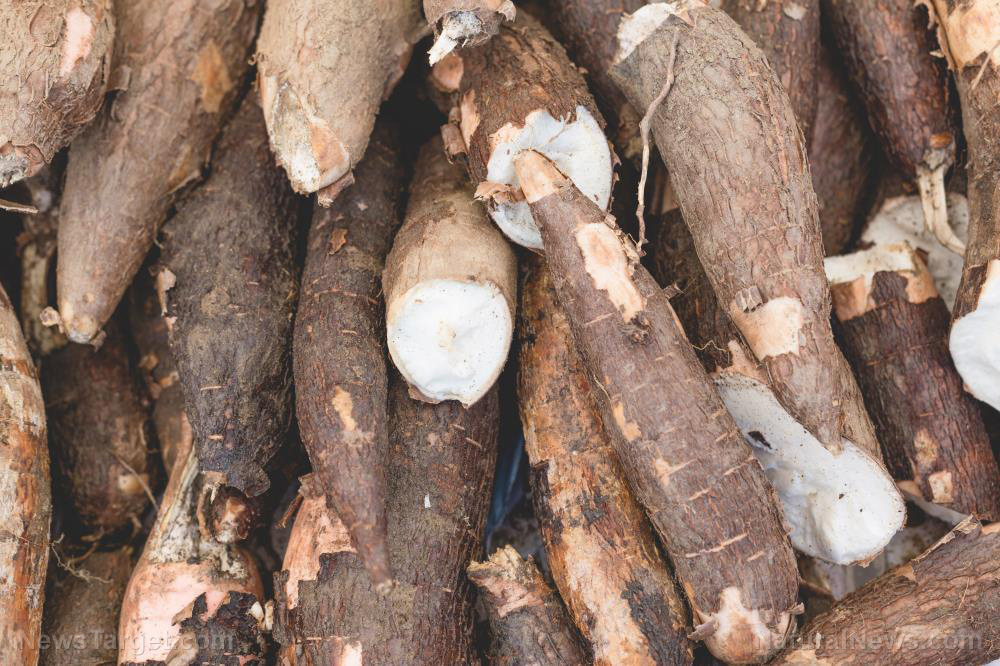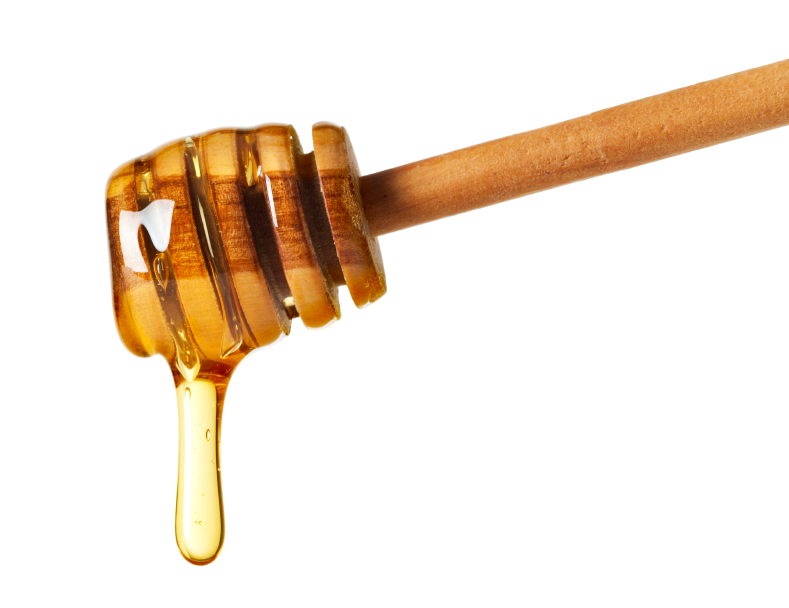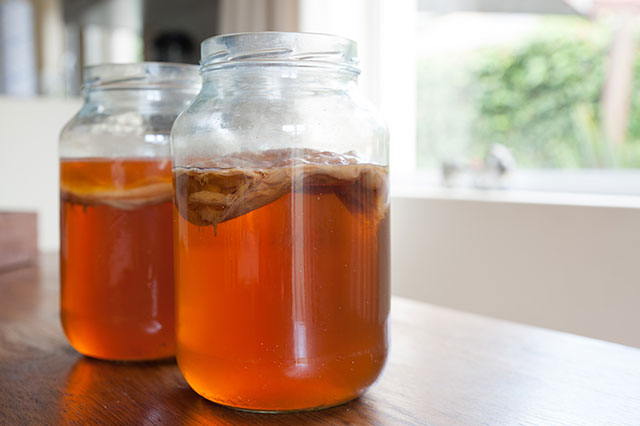
Medicinal uses of arrowroot
Like other starchy root vegetables, arrowroot is high in carbohydrates and offers many key nutrients, including dietary fiber, protein, folate, phosphorus, iron and potassium. In fact, arrowroot contains more protein than other common tubers. A 120-gram serving of arrowroot contains 5 grams (g) of protein. The same serving of yams contains only 2.3 g of protein. Protein gives structure to your skin, hair, nails, muscles and organs. Meanwhile, the folate in arrowroot is essential for development during pregnancy. Having low folate levels has been linked to an increased risk of birth defects and chronic diseases like cancer. Luckily, a 120-g serving of arrowroot gives you over 100 percent of your daily folate needs. (Related: The benefits of folate supplementation for people with hypertension.) Historically, arrowroot was valued greatly for its medicinal properties. Natural healers today still use the tuber to treat both internal and external health problems. For instance, mixing arrowroot powder in water creates a drink that can be used to ease a stomachache, diarrhea, intestinal inflammation (dysentery) and irritable bowel syndrome. Arrowroot may also be consumed daily to treat bladder infections and prevent them from recurring. Arrowroot powder can also be added to soups and consumed to treat food poisoning symptoms. When applied to the gums of teething infants, arrowroot powder can help ease the pain associated with teething. For external usage, arrowroot powder can be mixed with water to make a paste, which can be applied to spider and snake bites and infected wounds, including gangrene. Arrowroot is thought to be effective against infections because its resistant starches may stimulate the immune system. Plus, arrowroot is a good source of soluble fiber, which feeds the good bacteria in your gut. These bacteria help boost your immune health by making vitamins that absorbing key nutrients that the immune system needs to function properly. Gut bacteria also provide signals for the development and function of the immune system. Below are three other popular uses of arrowroot:- Dry shampoo – Massage arrowroot powder into your scalp to easily rejuvenate your hair.
- Deodorant ingredient – Mix equal parts arrowroot powder, baking soda and coconut oil to make an all-natural deodorant.
- Talcum or baby powder substitute – On its own, arrowroot powder can absorb moisture and increase smoothness, making it a viable substitute for talcum or baby powders, which normally contain potentially dangerous chemicals and substances.
Recipe for arrowroot tea
Arrowroot has no pronounced flavor and can be easily made into tea for calming gastrointestinal discomfort or an inflamed bladder. It's a popular tea in Japan, where it's consumed to prevent and treat colds. Here's how to make arrowroot tea: Ingredients:- 1 tablespoon arrowroot powder
- 1 tablespoon brown sugar
- 1 teaspoon ginger powder (optional)
- 1 cup water
- Mix arrowroot powder, brown sugar and ginger powder (if using) in a cup of water.
- Pour the mixture into a pot and heat for 2 minutes while stirring until it becomes translucent.
- Pour the tea into a cup. Serve hot or chill and serve cold.
Food supply 101: Differences between farm-fresh eggs and store-bought eggs
By Zoey Sky // Share
Avoid these 7 mistakes when buying canned foods
By Divina Ramirez // Share
6 Reasons to incorporate honey into your diet
By Joanne Washburn // Share
Improve your digestion with kombucha, the tasty, fermented health drink
By Rose Lidell // Share
Homemade snacks: 3 Simple dehydrator recipes for mushroom jerky, kale chips and fruit leather
By Joanne Washburn // Share
An invisible assault: How everyday heavy metals sabotage brain health
By willowt // Share
Pentagon warns of China's rapidly expanding nuclear arsenal
By kevinhughes // Share
FCC grounds new Chinese drones in sweeping security move
By avagrace // Share
The methylation switch: Scientists identify diet that can turn back the cellular clock
By jacobthomas // Share
Renaissance or Ruin: A wake-up call for cultural revival and self-sufficiency
By kevinhughes // Share
Weight loss in midlife may trigger brain inflammation, study finds
By avagrace // Share











